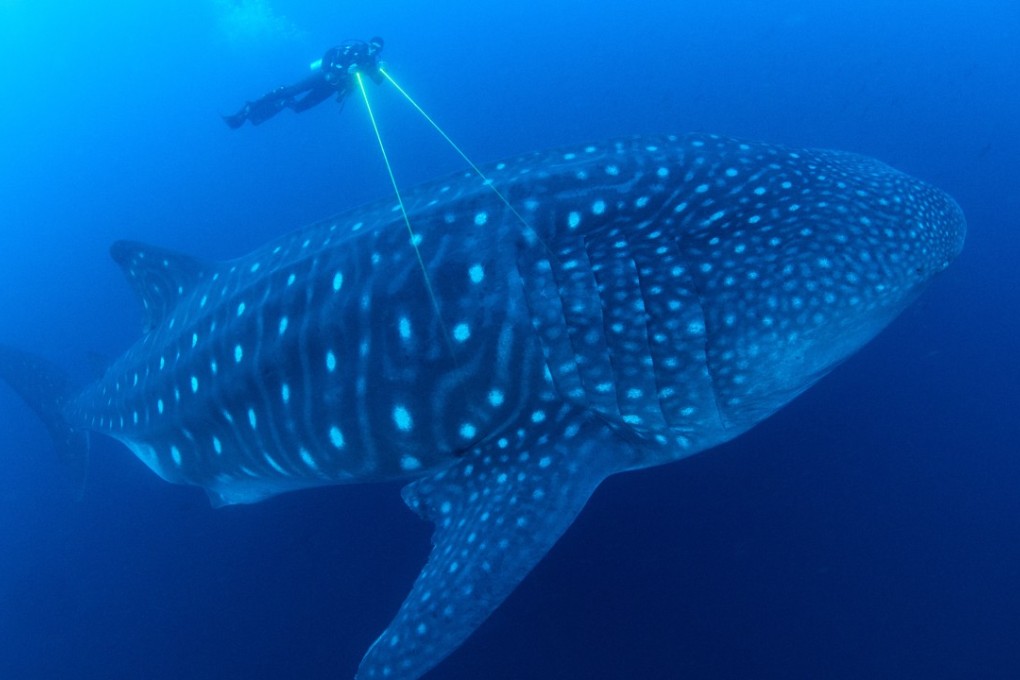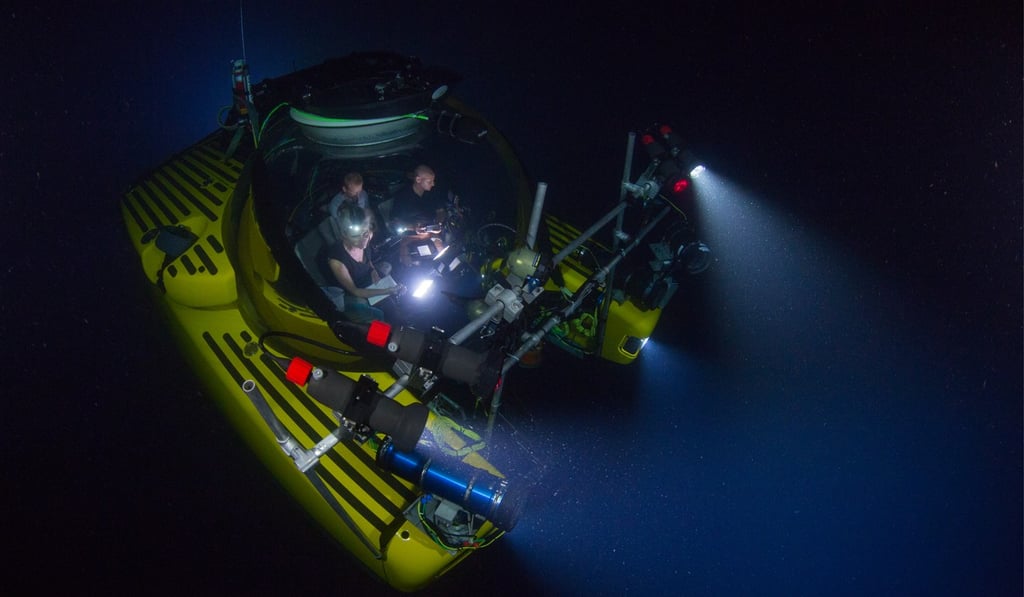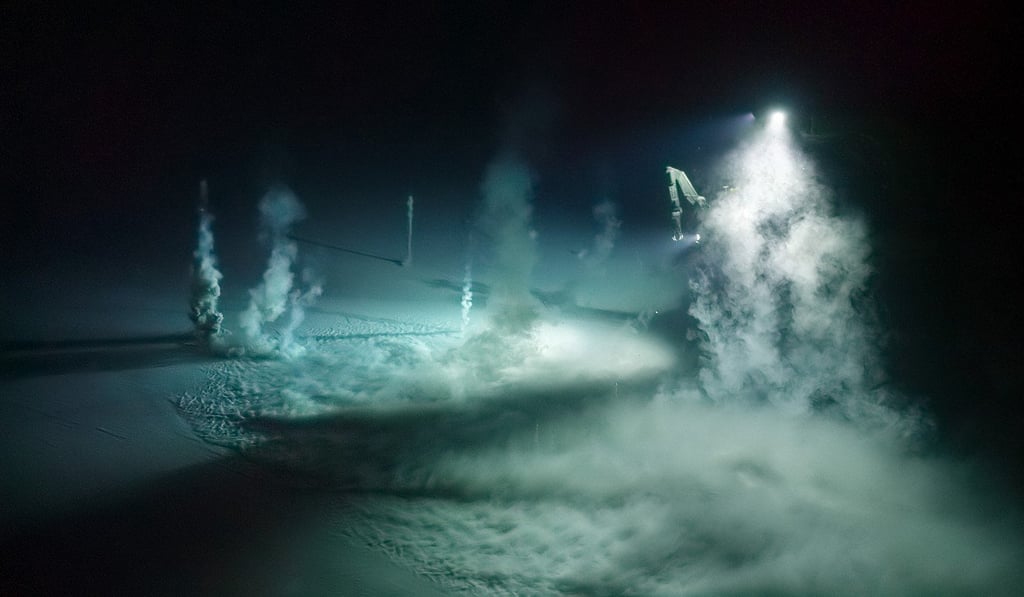David Attenborough talks about the making of Blue Planet II, and the peril of plastic in our oceans
The sequel to the hit 2001 BBC series took film crews around the world, including the frigid waters of the Antarctic and to depths of 1,000 metres. Along the way they filmed previously unseen behaviours and paid witness to the destruction caused by humans

For Blue Planet II, the sequel to the landmark 2001 BBC series, producer Orla Doherty and her team spent a total of 500 hours at depths of 1,000 metres in Earth’s “inner space”. And on her first Antarctic dive, descending into frigid waters of minus 1.6 degrees Celsius, things didn’t quite go to plan. At 450m, she noticed a puddle “gathering at the bottom of the sub”.
Sir David Attenborough, who at 91 is no longer able to join such voyages in person, watched the footage jealously from the safety of a studio while he put together his narration. “I would have thought what that water was if it had been me!” he jokes.

Suffice to say, Doherty survived to tell the tale (an adventure that included spotting fish with antifreeze in their veins and swarms of krill that glow in the dark).

Plastic waste from US and Europe winding up in Arctic graveyard
If the first episode is anything to go by, Blue Planet II is a banquet for the eyes and a fiesta for the ears, with a soaring score from Oscar-winning composer Hans Zimmer. It boasts high drama, comedy, romance and pathos.
Moreover, Asia takes a starring role, with Asian sheepshead wrasse filmed in Japan, broadclub cuttlefish shot in Indonesia and coral reefs captured in the Philippines.
